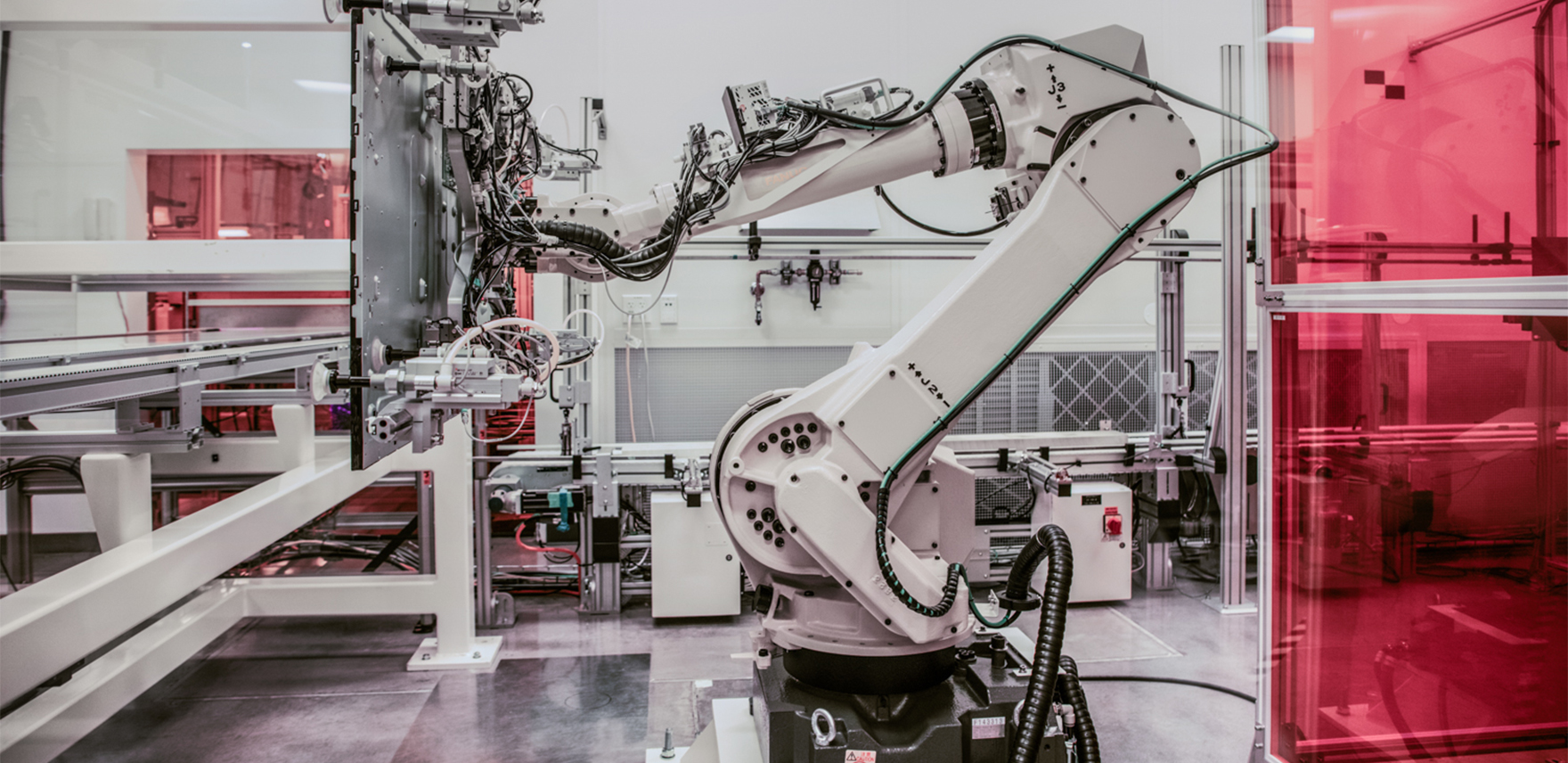Bringing the power of Windows 10 to the Robot Operating System

People have always been fascinated by robots. Today advanced robots are complementing our lives, both at work and at home. Warehouse robots have enabled next-day deliveries to online shoppers, and many pet owners rely on robotic vacuums to keep their floors clean. Industries seeing benefits from robots are as diverse as manufacturing, transportation, healthcare and real estate. As robots have advanced, so have the development tools. We see robotics with artificial intelligence as universally accessible technology to augment human abilities.
Microsoft is at ROSCon 2018 in Madrid, Spain and we are excited to announce an experimental release of Robot Operating System [ROS1] for Windows. ROS is a set of libraries and tools that help you build complex robots, used in many cutting-edge robotic projects around the world. This development will bring the manageability and security of Windows 10 IoT Enterprise to the innovative ROS ecosystem.
Windows has been a trusted partner of robotic and industrial systems for decades. With ROS for Windows, developers will be able to use the familiar Visual Studio toolset along with rich AI and cloud features. We’re looking forward to bringing the intelligent edge to robotics by bringing advanced features like hardware-accelerated Windows Machine Learning, computer vision, Azure Cognitive Services, Azure IoT cloud services, and other Microsoft technologies to home, education, commercial, and industrial robots.
Manufacturers want to make robots more aware of their surroundings, easier to program and safer to be around. Governments, manufacturers, and academics around the world are investing in the next generation of manufacturing, sometimes referred to as “Industry 4.0”. Microsoft is working with Open Robotics and the ROS Industrial Consortium to bring the Robot Operating System to Windows. Microsoft has joined the ROS Industrial Consortium whose mission is to extend the advanced capabilities of ROS to manufacturing and improve the productivity and return on investment of industrial robots.
At ROSCon 2018 in Madrid, Spain, Microsoft is demonstrating a ROBOTIS Turtlebot 3 robot, running the ROS release known as Melodic Morenia, that recognizes and steers toward the person closest to the robot. The robot runs Windows 10 IoT Enterprise on an Intel Coffee Lake NUC using a new ROS node that leverages hardware-accelerated Windows Machine Learning.
Microsoft is also showcasing a ROS simulation environment running in Azure. It demonstrates a swarm of robots running in a virtual world connected to an orchestration system and controlled via Azure IoT Hub.
Microsoft will host the Windows builds for ROS1 and shortly ROS2, as well as provide documentation, development and deployment solutions for Windows. To get started using ROS for Windows and ROS with Azure, please visit the Getting Started guide at http://aka.ms/ros.
